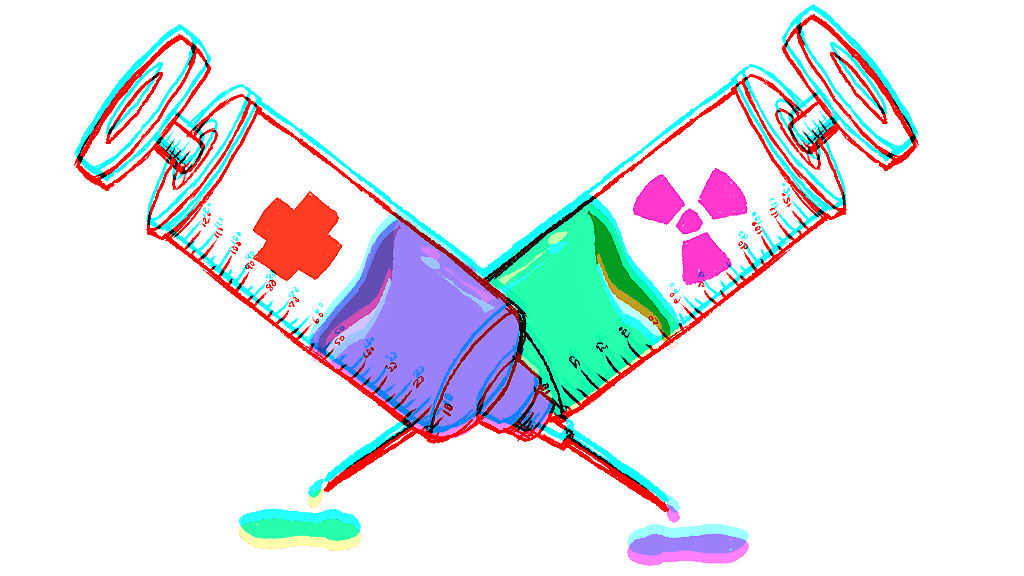A recent measles outbreak originating from Disneyland in California has brought national attention back to vaccines. Fourteen states have reported 102 cases of measles in January 2015 alone, according to the Centers for Disease Control and Prevention (CDC). This follows a record-breaking year in 2014 where 644 cases were reported. By comparison, 2012 saw only about 50 cases. “Measles is one of the most highly contagious infections. [If] someone who is sick with this has coughed or sneezed, the droplets with the virus stay viable for up to a couple of hours,” said Brooke Durland, executive director of RIT Student Health Center. Although measles was officially eliminated in the United States in 2000, recent anti-vaccination movements have resulted in multiple outbreaks across the country.
There are many reasons why people choose not to be vaccinated. “There are people who have religious convictions, which they interpret to preclude putting anything that’s not natural to them in their bodies or to participate in other traditional medical practices,” Durland explained. Others fear the possible side effects that vaccines may cause; many of these fears stem from falsified research by Andrew Wakefield in 1998, which concluded that vaccines could cause autism in some children. Although proven to be false many times, some people, described as “anti-vaxxers,” still insist that vaccines cause harm to children, and refuse to vaccinate their children.
A few people cannot be vaccinated for medical reasons, and they rely on herd immunity in order to remain safe. Herd immunity requires most of the population to be immune in order to protect the select few who are not immune. Before vaccines were invented, it could be very difficult to prevent outbreaks of infectious diseases.
Edward Jenner was the inventor of the first vaccine, which protected against smallpox. Jenner realized that those who had been infected with a disease called cowpox, which is a less potent disease that comes from the same family as smallpox, were immune to the smallpox disease. To test his hypothesis, Jenner injected a young boy with matter from a cowpox lesion. The boy experienced the symptoms of cowpox, but recovered quickly. Jenner then injected him with smallpox, but the boy remained healthy. Jenner published his work in 1798, and by the year 1800 the vaccine had reached most European countries.
Today, vaccines are typically administered by a child’s pediatrician using a standardized schedule. Vaccines have been vastly improved since Jenner’s time. Most of those who receive a vaccination experience no adverse side effects. Vaccines protect against a variety of infections, including measles, mumps, rubella, HPV, chicken pox and many more. New York state requires that students attending universities be vaccinated against most of these diseases. However, there is a special process for students who object to vaccines for religious reasons.
Although Durland suggests getting vaccines done at home before coming to school, most vaccines are available at the Student Health Center. They offer themeasles, mumps and rubella (MMR) vaccines, meningococcal meningitis vaccines, Tetanus boosters and the human papillomavirus (HPV) vaccine series. The Health Center accepts walk-in visits without an appointment for vaccines. There is a charge, but students can often have it reimbursed by their health insurance. “It’s important for your overall health. If [an infection] affects you, it can be very disruptive to your academics,” advised Durland.








